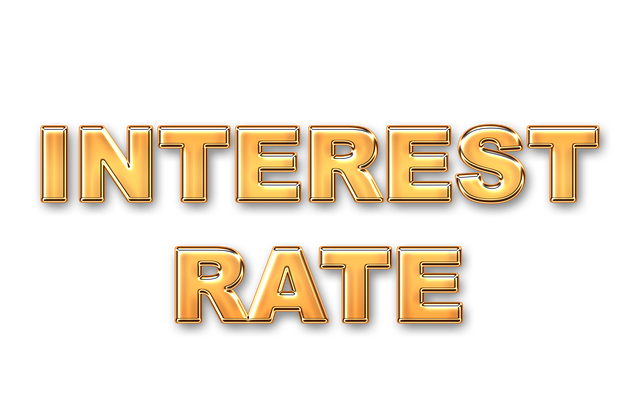The Federal Reserve's monetary policies significantly shape the US real estate market by influencing interest rates, economic conditions, and housing supply/demand dynamics. During inflation, tighter policies cool the market, while downturns see stimulus measures to boost borrowing and investment. These factors drive real estate affordability, accessibility, and industry trends. Real estate professionals must monitor these influences to navigate the dynamic lending environments and market fluctuations that impact their work.
In the intricate dance between market forces and monetary policy, the Federal Reserve plays a pivotal role in shaping real estate landscapes. This article explores how market influences dictate Federal Reserve decisions, with a focus on their profound impact on housing markets and prices. From homebuyers to investors, understanding this dynamic is crucial for navigating the ever-changing real estate landscape. Uncover insights into the interplay between these powerful entities and its implications for the future of the industry.
Understanding Market Influences on Federal Reserve Decisions in Real Estate

The Federal Reserve’s decisions have a profound impact on the real estate market, making it crucial to understand how market forces influence their policy choices. Market influences play a pivotal role in shaping the direction of interest rates, monetary policies, and overall economic conditions, which directly affect the real estate sector. Factors such as inflation rates, employment trends, housing supply and demand dynamics, and consumer confidence all contribute to the complex web of considerations when the Federal Reserve sets its policy agenda.
For instance, during periods of high inflation, the Fed might opt for tighter monetary policies, increasing interest rates to cool down an overheating real estate market. Conversely, in times of economic downturn, they may implement stimulus measures and lower interest rates to encourage borrowing, investment, and spending in real estate, fostering market growth and recovery. As such, real estate professionals must stay attuned to these market influences, as they significantly shape the lending environment, housing affordability, and overall industry trends.
The Role of the Federal Reserve in Shaping Housing Markets and Prices

The Federal Reserve, often referred to as “the Fed,” plays a pivotal role in shaping housing markets and real estate prices across the United States. Its primary mandate is to maintain price stability and maximize employment, which indirectly influences the affordability and accessibility of housing. The Fed achieves this through various monetary policy tools, including setting the federal funds rate and conducting open market operations. By adjusting interest rates, the Federal Reserve can impact the cost of borrowing for both consumers and businesses, thereby affecting the real estate sector. Lower interest rates tend to stimulate demand in the housing market, encouraging more people to purchase properties, while higher rates can cool down overheated markets and potentially curb speculative investments.
Moreover, the Fed’s quantitative easing programs have been used as a crisis response tool during economic downturns, injecting liquidity into financial markets and supporting asset prices, including real estate. This influence extends to mortgage-backed securities, which are often bought or sold by federal reserve banks to manage market conditions. As such, the Federal Reserve’s decisions can drive trends in housing supply, construction, and overall price movements, making it a key player in the stability and dynamics of the US real estate market.
Implications for Homebuyers and Investors: Navigating a Dynamic Landscape

For homebuyers, a Federal Reserve that sets rates based on market conditions presents both opportunities and challenges. On one hand, lower interest rates can make purchasing a home more affordable, spurring activity in the real estate market. This could be particularly beneficial for first-time buyers or those looking to upgrade their properties. However, as rates fluctuate, so does the cost of borrowing, which may cause some prospective buyers to pause or reevaluate their decisions.
Investors in the real estate market must also adapt to this dynamic landscape. Changes in Federal Reserve policy can impact property values and rental rates. Those with a long-term investment strategy may see fluctuations as temporary, while others might need to adjust their portfolios to navigate these shifts. Staying informed about market trends and Fed decisions becomes crucial for investors aiming to make sound choices in this ever-changing environment.






